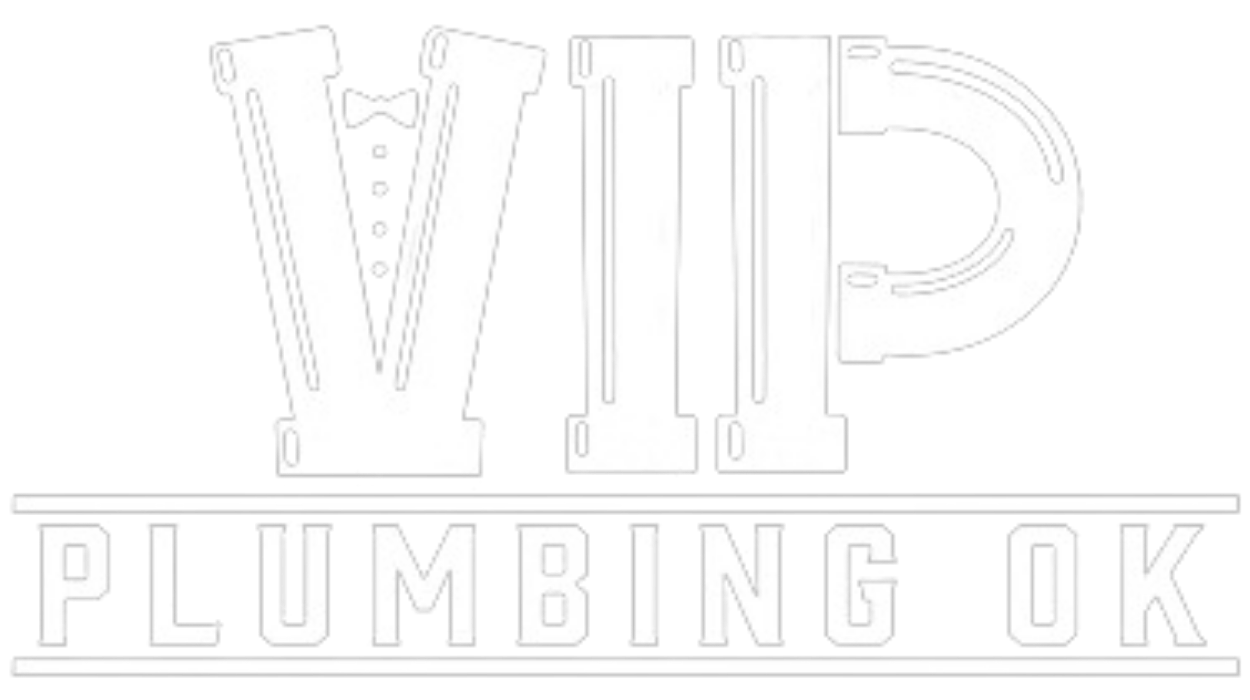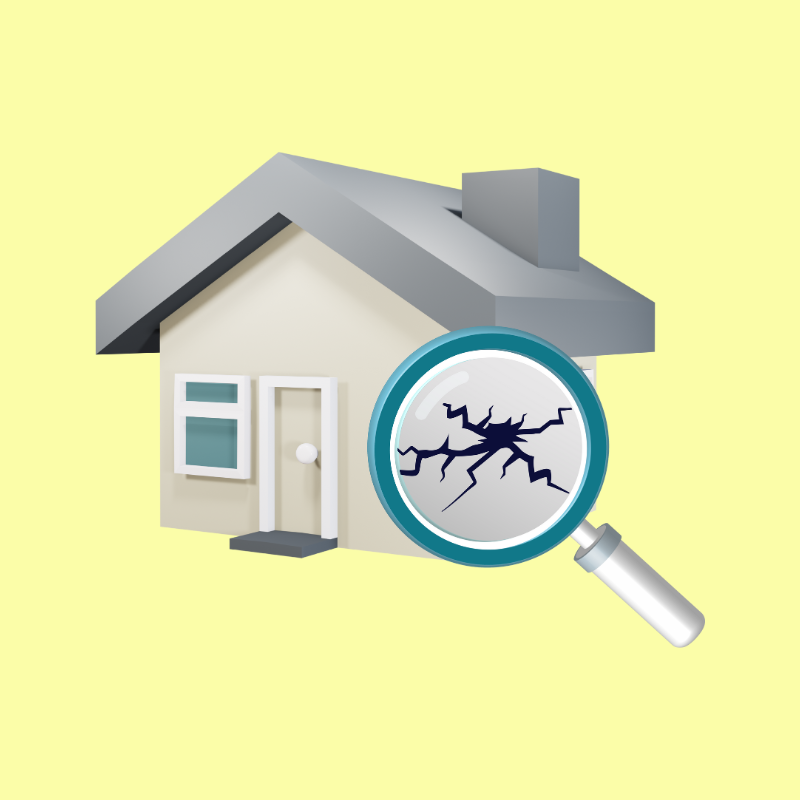A slab is a concrete pad upon which a home is built. These homes do not have a basement or crawl space so all water lines and drainage pipes enter and exit the home through plumbing that is positioned underneath the slab. When these plumbing pipes crack, collapse, or rupture the event is known as a slab leak. This plumbing problem is difficult to detect and even more difficult to access and repair.
In this article we will delve deeper into slab leaks looking at how common they are, the signs a slab leak may be present, and the various conditions that may lead to a slab leak. We will then look into the available methods for repairing slab leaks as well as the costly consequences of leaks that go undetected for long periods of time.
How Common Are Slab Leaks?
Slab leaks are more common in areas of the country that are prone to earthquake activity. States such as Oklahoma, California, Arkansas, and Texas report high numbers of slab leaks.
They can also occur more frequently if a home has been built near rivers or streams or where other conditions exist that might cause the soil to shift. Extreme weather fluctuations can also add to soil movement as the ground expands and contracts.
Older homes are affected more often as aging plumbing is near the end of its expected lifespan. Older pipes have experienced more wear and tear and more deterioration due to corrosion. Corroding pipes with a reduced-size interior diameter causes the water pressure to increase placing stress on aging pipes and joints causing them to leak or burst.
Signs Of A Slab Leak
There are multiple indicators that a slab leak may be present:
- High water bills
- Cracking drywall
- Hot spots on the floor
- Mold growth
- Sound of running water
- Low water pressure
Let’s explore each below…
Water Bills: Higher than normal water bills are a sign. As water seeps out of an underground and out-of-view pipe, the water meter ticks away recording every lost drop.
Cracking Drywall: The doming of a section of the floor and the resulting cracking of the nearby drywall are signs of a leak. As water collects it can force the floor to buckle and floorboards twist creating a dome-like bulge in the floor.
Hot Spots On Floor: Hot spots can occur when a hot water line ruptures. As the pipe heats up it expands and this may cause the pipe to periodically rub up against the concrete slab causing it to weaken and crack. The hot water will continue to run and cause the floor above to become warm to the touch. All hot spots on a floor should be investigated to see if there is a slab leak present.
Mold: Mold growth or the smell of mildew can be present with a slab leak. This is especially true when there is a slow leak that goes undetected for an extended period of time. The dark conditions under a slab along with excess moisture create an ideal breeding ground for mold to grow.
Sound Of Water: The sound of running water or dripping water when all appliances are off and no plumbing fixtures are in use. You may not know where the leak is located but you can be pretty certain you have a slab leak if you randomly hear water running.
Other Signs: Other signs that are more obvious are pooling water around the base of the foundation, low water pressure throughout the house, and uneven growth or patches of greener grass in the yard.
The signs of a slab leak are many and, as we will learn, there are numerous reasons why slab leaks occur in the first place.
Causes Of A Slab Leak
Some slab leaks are destined to happen since the plumbing may have been installed incorrectly from the start. Improper pipe materials are certain to fail and some experience chemical reactions from the elements in the earth that cause them to develop pinhole leaks.
Gravel-like soil can rub against plumbing pipes under a slab wearing them away from the outside in. This is especially true in areas where earthquake activity is present or where temperatures fluctuate from one extreme to the other.
Corrosion and general wear and tear do the opposite. As minerals build up and narrow the pipe’s interior diameter, water movers are at a higher pressure forcing increasing wear and weakening the interiors of plumbing pipes.
Poorly insulated pipes may burst due to cold temperatures causing slab leaks and aging pipes just don’t have the structural integrity to withstand even normal, everyday usage.
Slab Leak Detection
You may have noticed some of the signs discussed above but you cannot see a problem and are not 100% convinced you have one. Here is a surefire way to find out if you have a slab leak.
First, turn off all water-using appliances and request no one use the plumbing fixtures. Do not forget water that is used for making ice or for outdoor irrigation or swimming pools.
Next, locate your water meter box commonly located at the curb outside your home. In cold climates, this box may be installed indoors. Using a meter key, open the box and look to see if the leak detection dial is moving. If it is then you can be certain you have a leak. Very slow leaks, however, may not register on the dial.
To pinpoint the exact location, a plumber will need to drain the water from the entire plumbing system and pump it full of air. Using plumber camera imaging, they will be able to detect the exact location of the leak.
Methods of Slab Leak Repair
The traditional method of repairing a slab leak is to locate the problem, jackhammer the slab above the problem, and make the necessary repairs if a small section was affected. These spot repairs are adequate for small sections of healthy plumbing but for older pipes, it is not recommended.
A more updated repair method is to repipe the home and reroute the plumbing around the exterior of the slab or up through an attic or an outside building on the property. Many times this method is required by insurance companies if the homeowner is to continue being covered. This repair is less expensive than jackhammering since excavations can be messy and subsequent restorations of the yard costly.
Pipelining is an even newer method for repairing slab leaks as a non-toxic epoxy coating is applied to the interior of the damaged pipe essentially creating a brand new pipe. This repair option is particularly good for pinhole leaks in copper pipes or for minor leaks in sewer lines.
Regardless of the method selected to repair slab leaks, the focus needs to be on early detection and prompt and professional repair.
Consequences Of Slab Leaks
The consequences of an undetected slab leak are many. As water leaks it erodes the soil under the foundation weakening the plumbing’s overall support system. Slowly, more and more pipes will become affected until a home can become uninhabitable due to multiple slab leaks.
When a foundation is continuously exposed to excess water the surrounding materials such as floors, wallboard, and carpets begin to absorb the water and become damaged. Over time the home’s infrastructure loses its integrity as mold growth takes over creating unhealthy conditions. A sound and safe home can quickly become unsafe and, when the problems are ignored, unlivable.
Do You Need Slab Leak Repair In Oklahoma?
We have learned that slab leaks can be common occurrences resulting from poor installation of a plumbing system, excess wear and tear, shifting soil, and aging plumbing. There are multiple signs a slab leak may be active. We have looked at methods for detection in order for slab leaks to be located quickly and several options for repair.
Slab leaks are serious plumbing problems that require the skills and expertise of an experienced plumbing team. Quick action must be taken in order to protect your home from costly and potentially hazardous conditions. Do not wait if you suspect a plumbing disaster known as a slab leak.
Contact our team of slab leak plumbers today to schedule an appointment!

